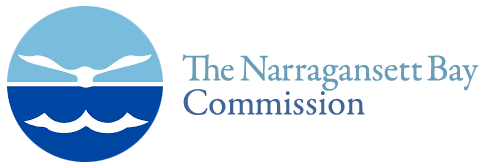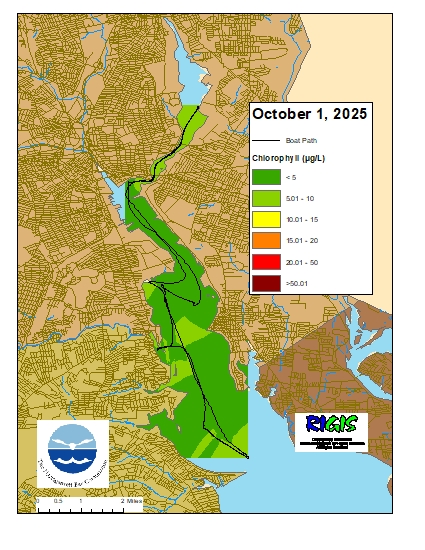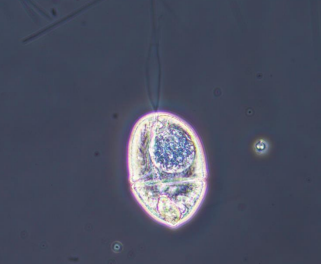July 28 – August 3, 2025
Phillipsdale Landing
Sondes were swapped this week on the morning of July 29th. Overall, the water quality at Phillipsdale Landing was fair this week. Weather conditions included frequent rain events this week, with 0.74 inches of precipitation recorded at T.F. Green. The Blackstone River flow fluctuated throughout the week. Surface salinity averaged 18.0 ppt and ranged from 6.2 ppt to 23.4 ppt. At the bottom, salinity averaged 24.7 ppt and ranged from 11.1 ppt to 29.4 ppt. Temperatures averaged 25.3°C at the surface and 24.1°C at the bottom. Surface temperatures ranged from 22.6°C to 29.8°C, while bottom temperatures ranged from 21.9°C to 26.4°C.
Dissolved oxygen (DO) at Phillipsdale Landing dropped below the hypoxia threshold (i.e., DO >2.9 mg/L) throughout the week. The longest periods of hypoxic conditions spanned 10.0 hours, occurring during the morning of July 28th. During this period, the bottom DO averaged around 1.98 mg/L. Surface DO averaged 8.3 mg/L and ranged from 1.8 mg/L to 20.7 mg/L. Bottom DO concentrations averaged 3.0 mg/L and ranged from 0.0 mg/L to 13.3 mg/L. Chlorophyll readings decreased from last week, averaging 24.2 µg/L at the surface and 27.5 µg/L at the bottom. Maximum chlorophyll reached 326.4 µg/L in the bottom waters during the afternoon of August 3rd. Please note that tidal fluctuations and Blackstone River flows greatly influence water column salinity, temperature, and DO at this location.
Bullock Reach
Overall, water quality was good to fair at Bullock Reach this week. Salinity averaged 27.4 ppt, and 29.1 ppt at the surface, and bottom sondes, respectively. Surface salinity ranged 25.3– 29.4 ppt, middle salinity ranged 26.9 – 31.4 ppt, and bottom salinity ranged 29.5 – 32.7 ppt. Surface temperature averaged 24.6°C and ranged from 21.8°C to 27.6°C. Middle temperatures averaged 23.8°C and ranged from 20.9 – 26.7°C. Bottom temperatures averaged 21.5°C and ranged from 19.3°C to 23.8°C.
Dissolved oxygen (DO) at Bullock Reach remained above the hypoxia threshold (i.e., DO >2.9 mg/L) at the surface throughout the week, while DO at the middle and bottom waters dropped below the hypoxic threshold at the start of the week. Surface DO averaged 7.6 mg/L and ranged 4.9 – 11.0 mg/L. At the middle, DO averaged 5.5 mg/L and ranged 2.8 – 9.3 mg/L. At the bottom, DO averaged 4.2 mg/L and ranged 2.8 – 5.3 mg/L. Chlorophyll readings ranged from low to elevated throughout the week. Readings averaged 11.9 µg/L at the surface, 15.5 µg/L at the middle, and 5.7 µg/L at the bottom. The maximum surface chlorophyll was 41.8 µg/L on the afternoon of July 29th.




